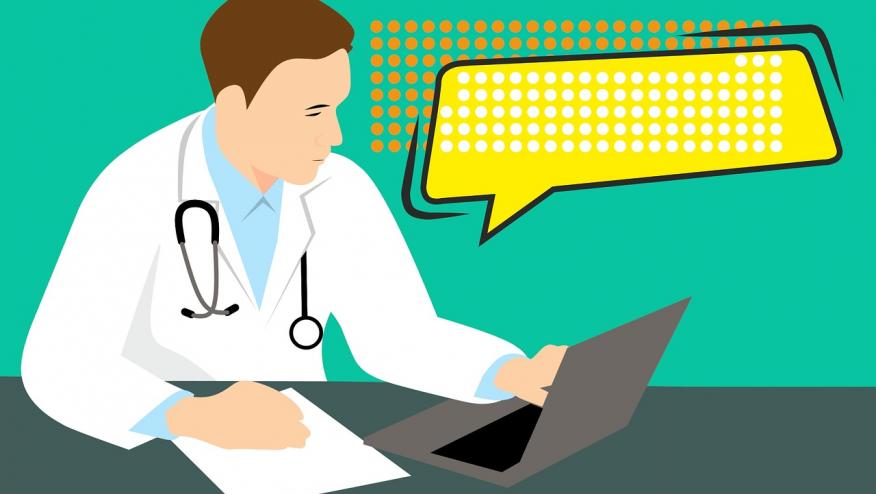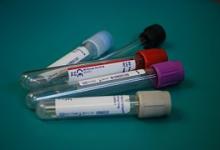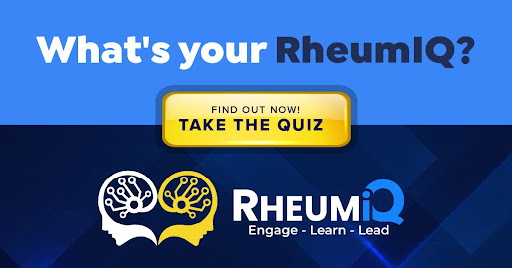Ambient Dictation Works and Reduces Burnout Save

Key Takeaways
- Ambient documentation technology was tied to reduced burnout and improved well-being, survey data showed.
- Documentation burden has been associated with clinician burnout in the past.
- The surveys were conducted at two academic medical centers and had relatively low response rates.
Passive documentation of clinic visits using artificial intelligence (AI)-drafted notes was linked to reduced burnout and improved well-being, a survey study from two academic medical centers suggested.
Clinicians using this system, dubbed ambient documentation technology (ADT), had a 21.2% absolute reduction in burnout, researchers led by Jacqueline You, MD, of Mass General Brigham Hospital in Boston, reported about her institution in JAMA Network .
The other center, Emory Healthcare in Atlanta, showed a 30.7% absolute increase in documentation-related well-being, albeit with low survey response rates at both centers.
Free-text survey responses included some users saying that ADT improved their clinic experience and subjective patient experience. For example, one physician said the increased "contact with patients and families ... definitely makes clinic easier." Another said ADT "improves joy in practice."
"Clinician burnout is a huge issue across healthcare -- it has an impact on clinician mental health, workforce attrition, and patient safety," You told MedPage Today in an email. Another survey last year suggested that nearly all physicians regularly experienced burnout, including due to administrative burden, and that more than half considered leaving the profession or not seeing patients.
"Documentation burden has been associated with clinician burnout, which is why there has been much interest in using technology solutions," You added, calling ADT "a much-needed tool to address clinician burnout."
Previous studies have "shown that ADT may improve overall time in writing notes per appointment, productivity, clinician time spent per patient, and documentation deficiency rates," You and colleagues noted. "Single-site, single-vendor studies have shown varying outcomes of ADT associated with clinician experience. Some studies have shown improvements in burnout but not professional fulfillment. Others have shown improvements in clinician disengagement but not burnout."
The assessment by You and co-authors included 873 clinicians at Mass General Brigham and 557 at Emory who were enrolled in ADT pilot studies and sent surveys about their experience before onboarding and after use. Overall, 264 clinicians from Mass General Brigham and 62 from Emory responded.
At Mass General Brigham, 48.5% of respondents reported using ADT for at least 50% of their patient visits. At Emory, 43.5% of respondents reported using ADT for most or all of their visits.
Burnout among clinicians at Mass General Brigham decreased from 50.6% before onboarding with ADT to 29.4% at 42 days and 30.7% at 84 days after beginning use (both P<0.001). Burnout was defined by a score over 1.33 on the Professional Fulfillment Index, a validated survey of clinician well-being, with scoring completed on a 5-point Likert scale.
The proportion of Emory clinicians experiencing a positive impact of their documentation practice on well-being increased from 1.6% to 32.3% (P<0.001).
Among Mass General Brigham clinicians surveyed, 65.6% had practiced for more than 10 years, and 54.8% were women. Among those surveyed at Emory, 51.3% had practiced for more than 10 years, and 55.5% were women.
Most clinicians in the study were physicians (78.8% at Mass General Brigham and 75.0% at Emory). Primary care accounted for 22.0% and 28.0% of the physicians at the two locations, respectively. Surgeons, urgent care or emergency medicine specialists, and hospitalists were included among the other specialties represented.
Clinician responses noted that ADT had less utility for certain visits and content types, such as pediatric physical examination visits and psychiatry visits. There were mixed comments about efficiency and time.
Study limitations included the lack of a control group, inclusion of just two academic medical centers with a limited number of ADT vendors, and use of different burnout and well-being measures at each.
Given the response rates, it is possible that "findings represent the experience of users with strong opinions and may not represent the experience of all clinicians," You's group added. The association of ADT with long-term clinician experience remains unclear, and there is a need for standardization when it comes to measures of ADT use.
"Further work is needed to understand how to maximize well-being benefit across clinicians; the sustainability and scalability of the association found; and the outcomes of ADT interventions associated with patient satisfaction and experience, financial sustainability, and generalizability at scale of ADT," You and colleagues concluded.

Disclosures
The study was supported by grants from the National Library of Medicine of the NIH and the Physicians Foundation.
You reported personal fees from MedDocLive.
A co-author reported consultant fees from Abbott and that Mass General Brigham has an institutional investment in Abridge. Another co-author reported equity from ValeraHealth, CLEW, MDClone, AESOP, FeelBetter, and Guided Clinical Solutions; personal fees from FeelBetter, Guided Clinical Solutions, and Releyens; and a patent issued to Brigham and Women's Hospital. Another co-author reported grants from the American Medical Association, Agency for Healthcare Research and Quality, FeelBetter, Endowment for Advancing a Healthier Wisconsin, and The Doctors Company; service on an artificial intelligence advisory board for Augmedix; and personal fees from Phreesia.
Join The Discussion
I LOVE our Scribe AI (FREED AI). Previously, I felt rundown, overworked, stressed, tired of constant clicking and typing in EHR. I saw much fewer patients daily and stopped seeing new patients a decade ago. After an AI lecture (thanks Arkansas Rheumatology Association!), I learned about this and used it.
Now... I do not feel like I'm a secretary all day long, don't feel stressed, I see 3-4 additional patients daily, and am seeing new patients daily. I found out I really miss the intellectual stimulation of evaluating new patients.
Scribe AI has been transformative










If you are a health practitioner, you may Login/Register to comment.
Due to the nature of these comment forums, only health practitioners are allowed to comment at this time.